
 TECHSPEC® components are designed, specified, or manufactured by Edmund Optics. Learn More
TECHSPEC® components are designed, specified, or manufactured by Edmund Optics. Learn More
TECHSPEC® Cx Series Fixed Focal Length Lenses are designed with simplicity and versatility to easily integrate into a range of application types. The modular 3-piece design allows for flexibility to integrate precision fixed apertures, internal filter holders, or liquid lenses into the assembly. These lenses also feature a simplified focus mechanism with easy to use lock nut and recessed set screws to lock focus position into place. The Cx Series lenses are ideal for applications such as machine vision, factory automation, and research and development. For further documentation information or questions regarding ease of assembly and design support, please review our quick start guides, the lens manual or contact technical support.
These lenses won the Silver Level 2016 Innovators Award and the 2nd place 2017 Inspect Award.
Note: One accessory is required for use with the Cx Series lenses. Accessories available include apertures, filter holders, or liquid lens holders. The liquid lens holders are compatible with our Variable Focus Liquid Lenses.
Edmund Optics has created a family of high performance optical designs (the C Series family) and developed 6 customized optomechanical solutions targeted for specific applications. These lens sub-families utilize the same optics as the C Series lenses providing the same optical performance in a variety of optomechanical solutions to meet your application requirements:
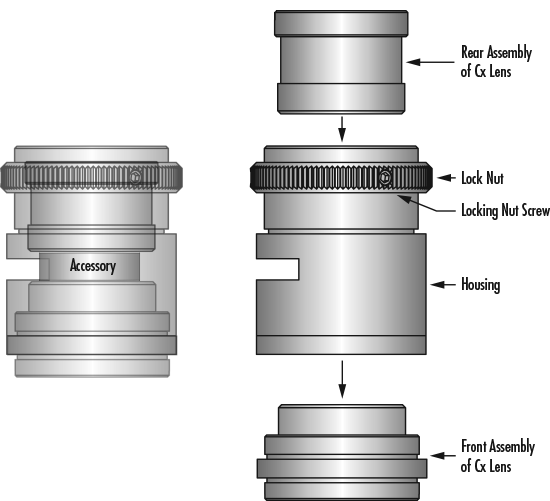
| Liquid Lens Holder Accessory (Liquid Lens Not Included) | ||||||
| 12mm | 16mm | 25mm | 35mm | 35mm | 50mm | |
| Compatible Liquid Lens | A-25H0 | A-25H0 | A-25H0 | A-25H0 | A-39N0 | A-39N0 |
| Compatible Liquid Lens Stock No. | #34-282 | #34-282 | #34-282 | #34-282 | #34-283 | #34-283 |
| Compatible Liquid Lens Development Kit | #34-284 | #34-284 | #34-284 | #34-284 | #34-285 | #34-285 |
| Liquid Lens Holder Stock No. | #33-631 | #33-645 | #33-660 | #33-675 | #33-674 | #33-686 |
Step 1: Choose the focal length of the Cx Lens and the compatible Variable Focus Liquid Lens and Liquid Lens Holder. Or simply choose appropriate Cx Lens Kit, which includes a Cx lens and its compatible Variable Focus Liquid Lens and Liquid Lens Holder.
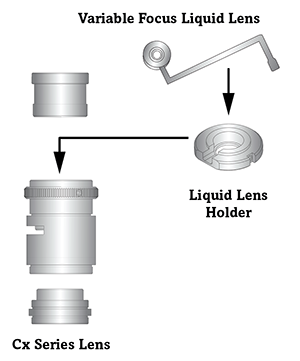
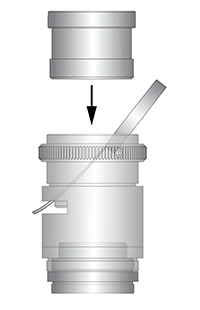
Step 2: Mount the Variable Focus Liquid Lens into the Liquid Lens Holder. Next, assemble both items into the middle of the Cx Lens. Complete instructions can be found in the downloadable PDF manual.
Step 3, Option 1: Attach Liquid Lens to a PixeLink USB 3.0 Autofocus Camera. This camera provides seamless integration - both driver and autofocus software is included.
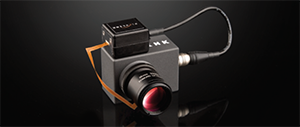
Step 3, Option 2: Use with standard C-Mount camera. Driver is not included and a separate Liquid Lens driver must be purchased separately (included in Liquid Lens Development Kit).
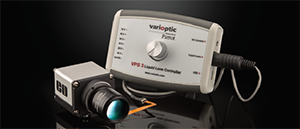
or view regional numbers
QUOTE TOOL
enter stock numbers to begin
Copyright 2024, Edmund Optics Singapore Pte. Ltd, 18 Woodlands Loop #04-00, Singapore 738100
California Consumer Privacy Acts (CCPA): Do Not Sell or Share My Personal Information
California Transparency in Supply Chains Act
The FUTURE Depends On Optics®